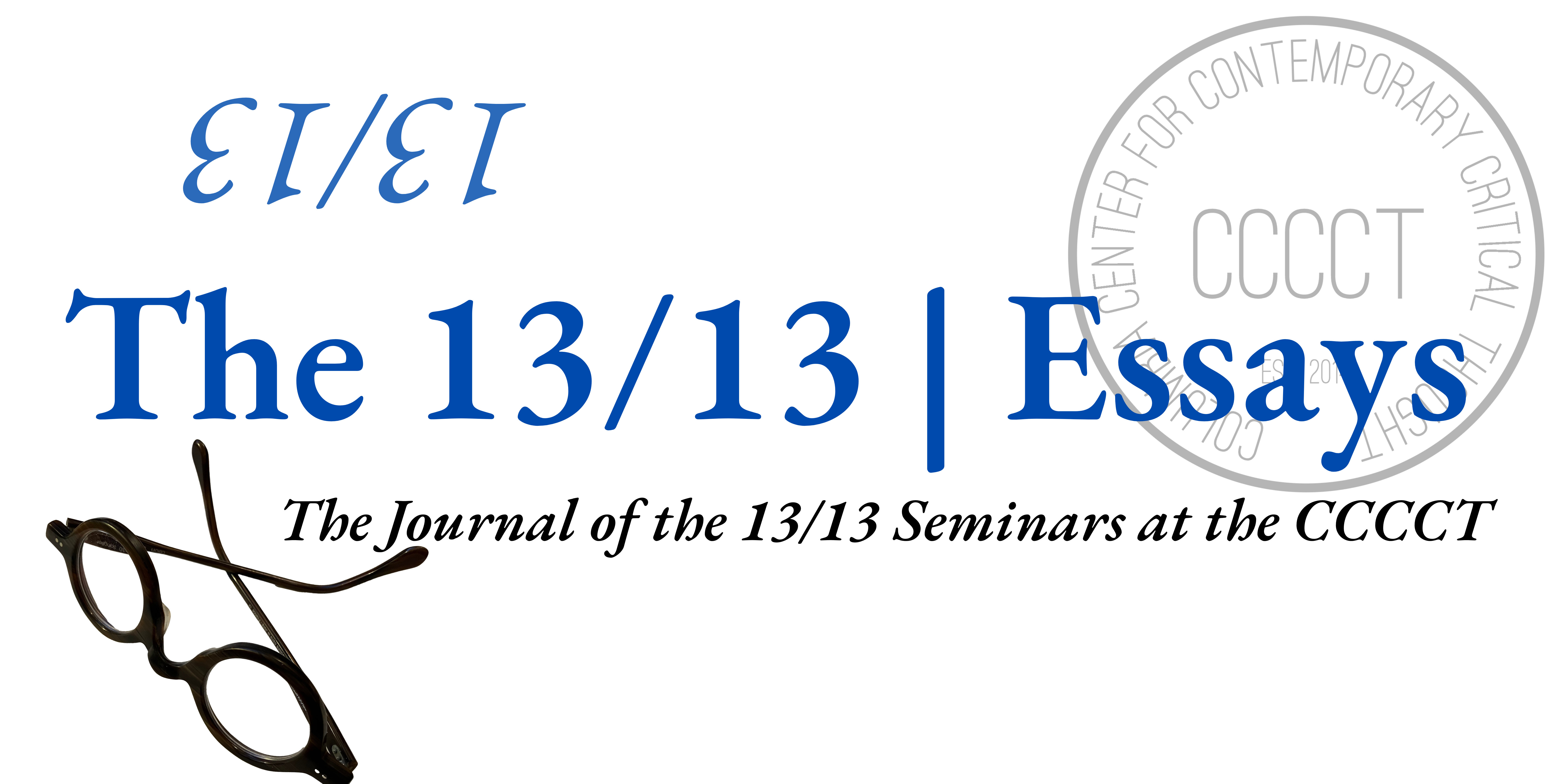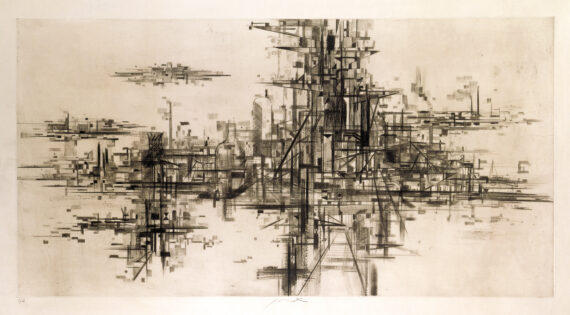The *Grundrisse*, a hefty volume running about a thousand pages long, has become the urtext for those readers of Marx who have sought to infuse the more scientific and economistic later Marx of the Capital with the earlier philosophical, political, and social theoretic Marx of the 1840s. For these readers, it serves as the final bridge to *Capital.* [Continue reading here…]
Michael Hardt
For Toni Negri, Marx’s Grundrisse allowed him to address a double crisis of Marxism: a crisis of “official” Marxism, represented in Italy primarily by the theoreticians of the Italian Communist Party and the interpretations of Capital; and a crisis of the revolutionary workers movement and the entire set of liberation movements active at the time. [Continue reading here…]
In Marx 13/13, we return to Marx’s key texts and read them through the lens of world-historical interpretations that pushed Marxian thought and praxis in new directions: toward operaismo or workerism, Black Marxism, feminist, queer and transgender theories, postcolonialism, cultural studies, Freudian or Foucauldian strands of Marxism, as well as Leninist, Maoist, and social democratic forms of Marxism. [Continue reading here…]



